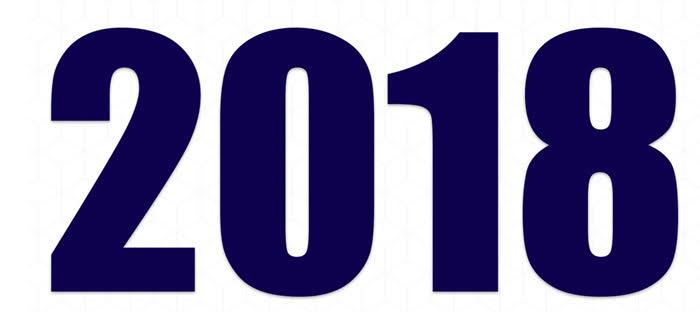Founded in 1884, Ferris State University serves close to 13,800 students enrolled in more than 190 educational programs through eight academic colleges. Programs for aspiring game designers are offered through two of these colleges including the College of Education and Human Services (School of Digital Media) and Kendall College of Art and Design (KCAD).
The School of Digital Media offers a BS in Digital Media Software Engineering (DMSE) and a BAS in Digital Animation and Game Design (DAGD). A Digital Media AS is also available. According to the school, the BS in DMSE is designed as an engineering degree focused on the technologies, procedures, and methodologies involved in the software development process. Per the school, the program offers students the opportunity to actively compete in many growing industries such as Video Game Development, Information Technology, and Entertainment.
Students in the BAS in DAGD program will learn how to create and manipulate 2D textures and images, model, rig, light, animate and render 3D characters and scenes, build content in industry leading game engines, author interactive applications and games, and design and create 3D game level mods. In addition to game design and asset creation, the program prepares students to pursue careers in medical visualization, legal simulation, film, and more.
The AS program combines existing courses within the DAGD, DMSE, and Television and Digital Media Production (TDMP) programs into an introductory and exploratory degree within the School. It allows students to complete their general education requirements while enrolling in courses from across the digital media curriculum.
Founded in 1928 and located in Grand Rapids, Michigan, Kendall College of Art and Design serves more than 1,000 students enrolled in around 24 programs. Among them is a BFA in Digital Art and Design, which allows students to work in one of two focus areas: Entertainment Art (animation, digital 3D, visual development for games and animation, and sequential arts like comics and storyboards) and Multimedia Design (interaction design for the web, apps, virtual reality, the internet of things, and video and motion design animation).
Students in the program will gain knowledge and hands-on experience via high-end equipment and on-campus facilities such as Cintiq Studios and a wide range of cameras, microphones, and lighting equipment, and via access to The Dow Center FlexLab, and KCAD Library. Graduates will leave the program with the skills and experience needed to pursue career paths in areas such as 2D animation, 3D game art, visual development, interaction design, and motion design.







